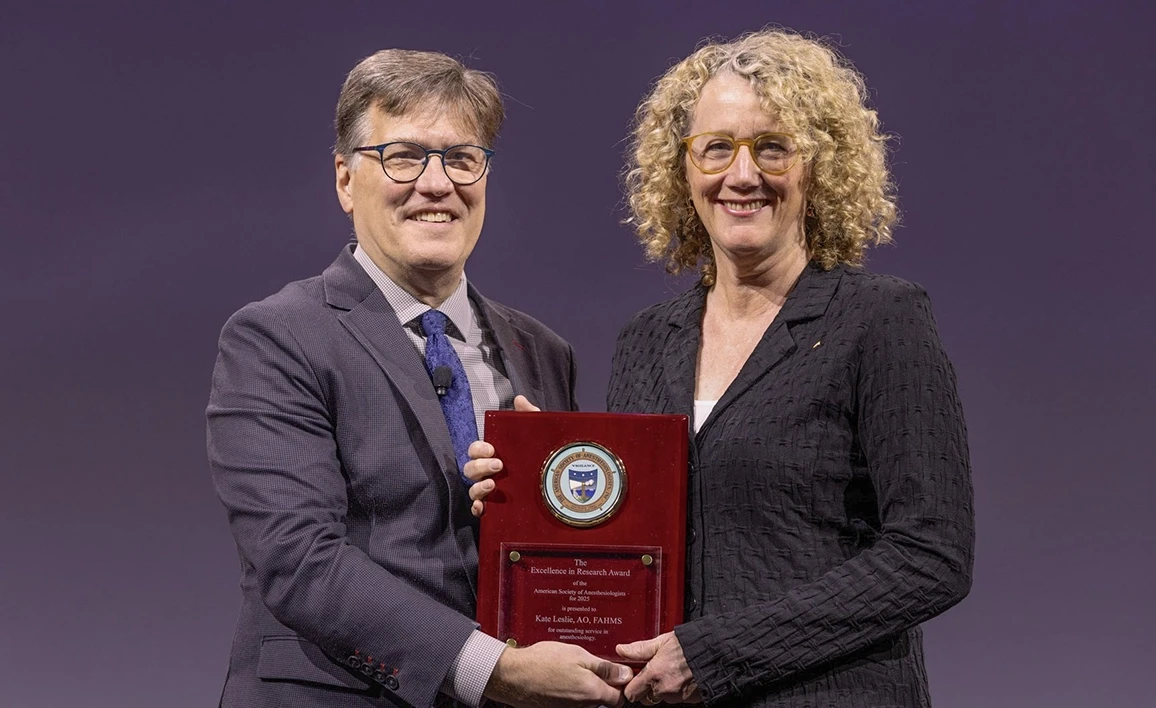FPM welcomes landmark report addressing gender pain gap

The faculty has welcomed the Victorian government’s Bridging the Gender Pain Gap final report, describing it as a significant step toward recognising, understanding, and addressing the barriers women face in accessing effective pain care.
The report highlights the lived experience of women and girls across Victoria, revealing that nine in ten respondents experience pain lasting more than a year, and more than half live with daily pain.
Most reported major impacts on their mental health, with widespread dismissal of their symptoms and significant financial and structural barriers to care.
The government’s commitment to developing a statewide Women’s Pain Action Plan and establishing a dedicated pain clinic for adolescents and girls at Melbourne’s Royal Children’s Hospital marks what the faculty describes as “a turning point for women’s healthcare in Victoria.”
Faculty of Pain Medicine Dean Dr Dilip Kapur says the report echoes long-held concerns of specialist pain medicine physicians about systemic inequities in pain recognition and treatment.
“For too long, women’s pain has been underestimated, underdiagnosed, and undertreated across both the public and private sectors.
“We welcome the government’s recognition that these disparities are real, and that meaningful change requires both cultural and structural reform − starting with equitable access to evidence-based, specialist-led pain care.”
In its submission to the government’s Inquiry into Women’s Pain in 2024 the faculty called for a statewide strategic plan to map and improve pain services across Victoria, highlighting that access to specialist pain care remains a “postcode lottery.”
It also urged stronger support for training positions in pain medicine to address workforce shortages, particularly in regional areas, and greater investment in women’s specialty pain services such as those treating pelvic and hormonal pain conditions.
The faculty’s feedback also emphasised the close link between gendered violence, trauma, and persistent pain, calling for better integration between pain services, mental health care, and trauma-informed support systems.
FPM also welcomes the report’s alignment with the National Strategy for Health Practitioner Pain Management Education, which provides a national roadmap for embedding consistent, competency-based pain education across all health professions:
Goal 1 – FPM has submitted the National Standards for Health Practitioner Pain Management Education to government for approval. Once endorsed, these standards will provide a nationally consistent foundation for pain education and practice, and the faculty welcomes collaboration across sectors to support their implementation.
Goal 2 – Building a national pain education and competency framework aligns with the Inquiry’s call to embed pain management training across medical, nursing, and allied health curricula.
Goal 3 – Developing educational resources and professional support corresponds with the report’s recommendations for clinician advice services, peer networks, and online clinical libraries.
Dr Kapur says the faculty is looking forward to contributing to the development of the Women’s Pain Action Plan and the broader implementation of the Bridging the Gender Pain Gap report’s 27 recommendations.
“Pain is complex, but it is not invisible. Recognising women’s pain as real and ensuring that clinicians are trained and supported to respond appropriately, will go a long way toward closing the gender pain gap.”
The faculty reaffirmed its commitment to supporting health services in implementing sustainable, specialist-led models of pain care, grounded in evidence and equity.
“The faculty remains committed to working with government, health services and our professional colleagues to strengthen education, invest in sustainable models of care and ensure equitable access to multidisciplinary pain services for all Australians," Dr Kapur said.
"Achieving equity in pain care requires ongoing commitment and collaboration across the entire health sector.”
The Faculty of Pain Medicine is responsible for the training and assessment of specialist pain medicine physicians, and for the standards of clinical practice in the specialty of pain medicine in Australia and New Zealand.




